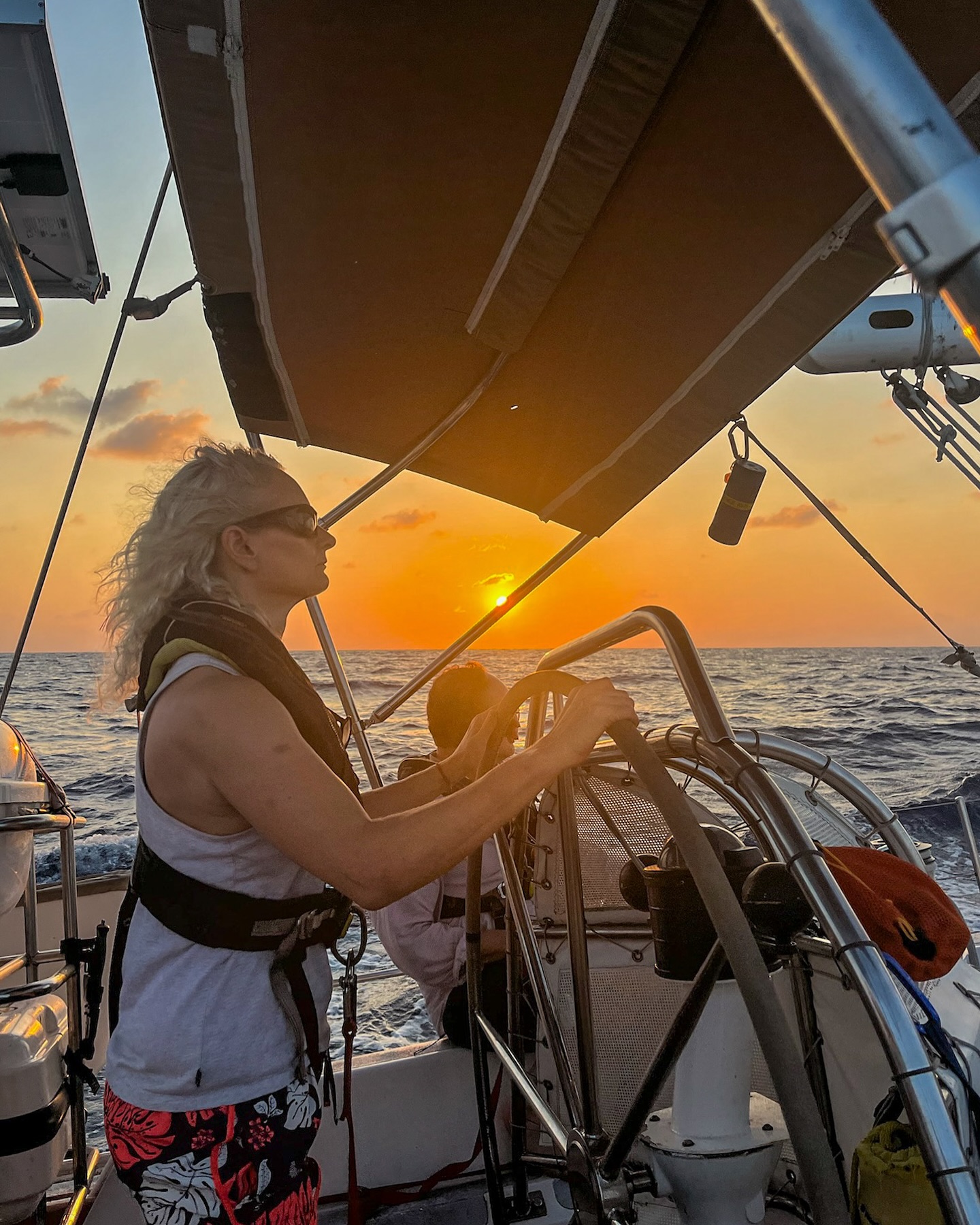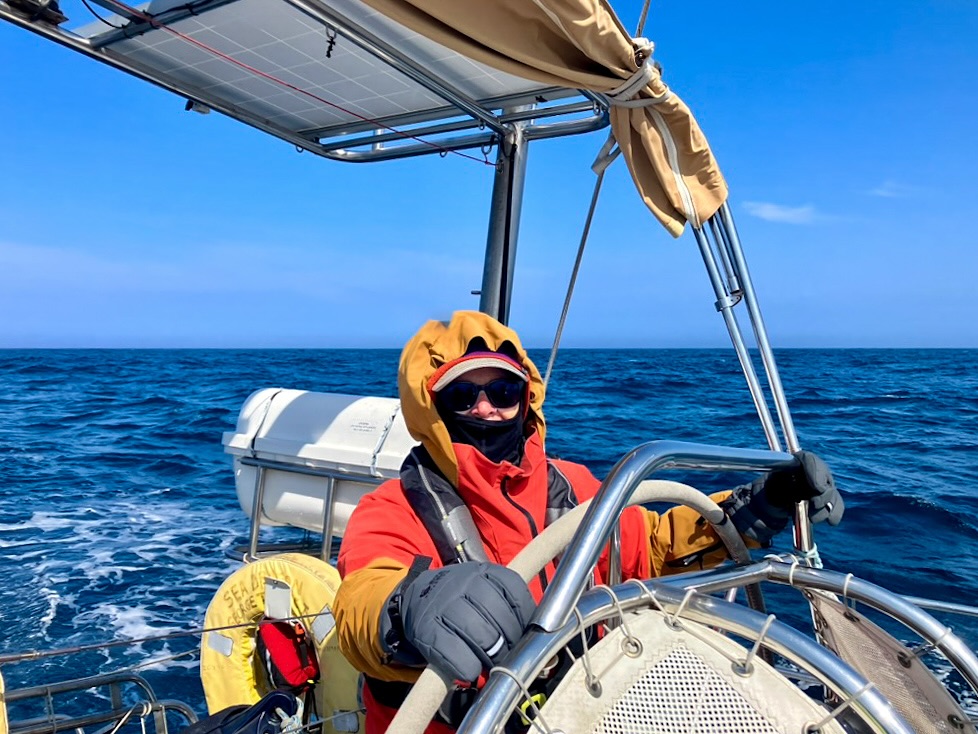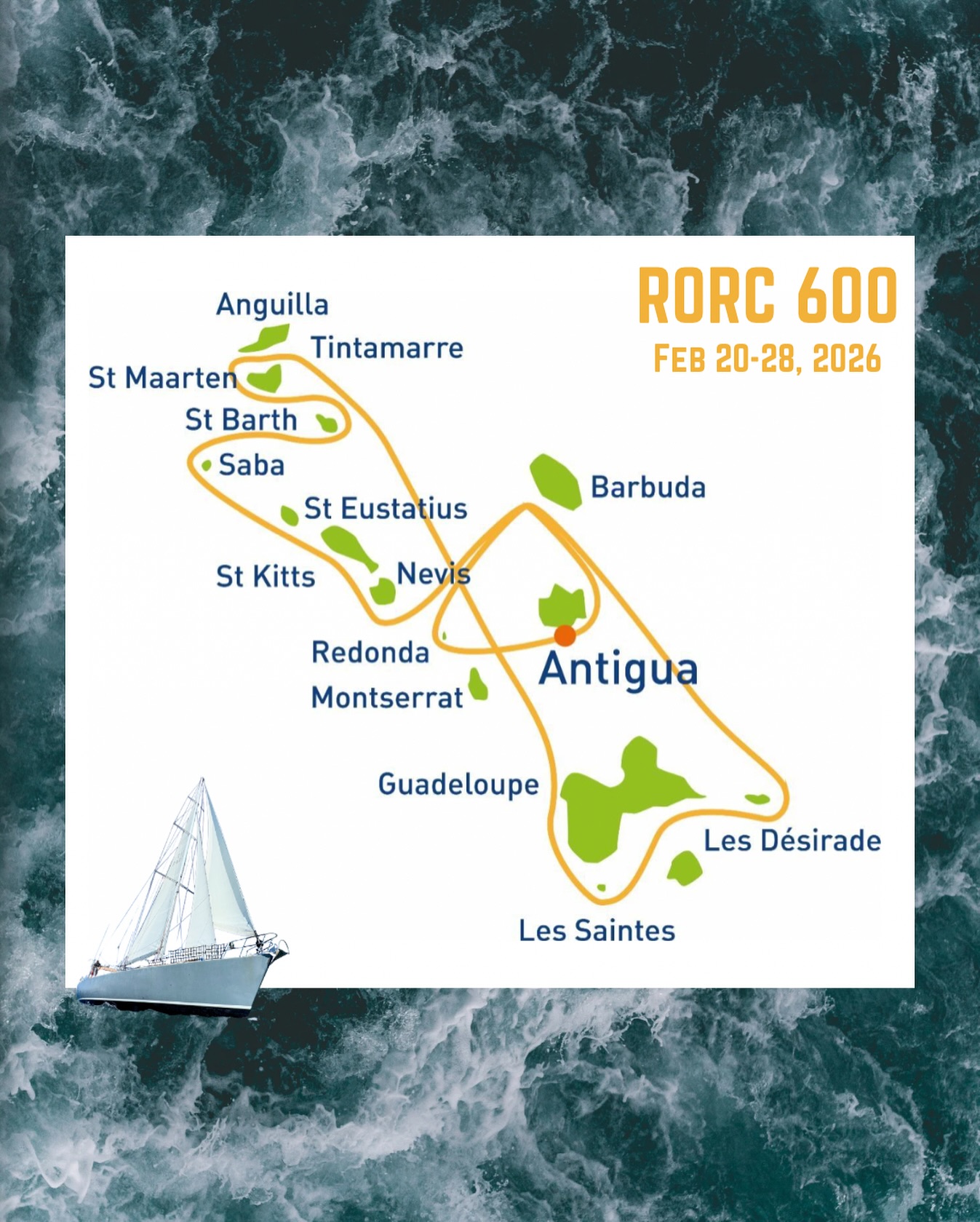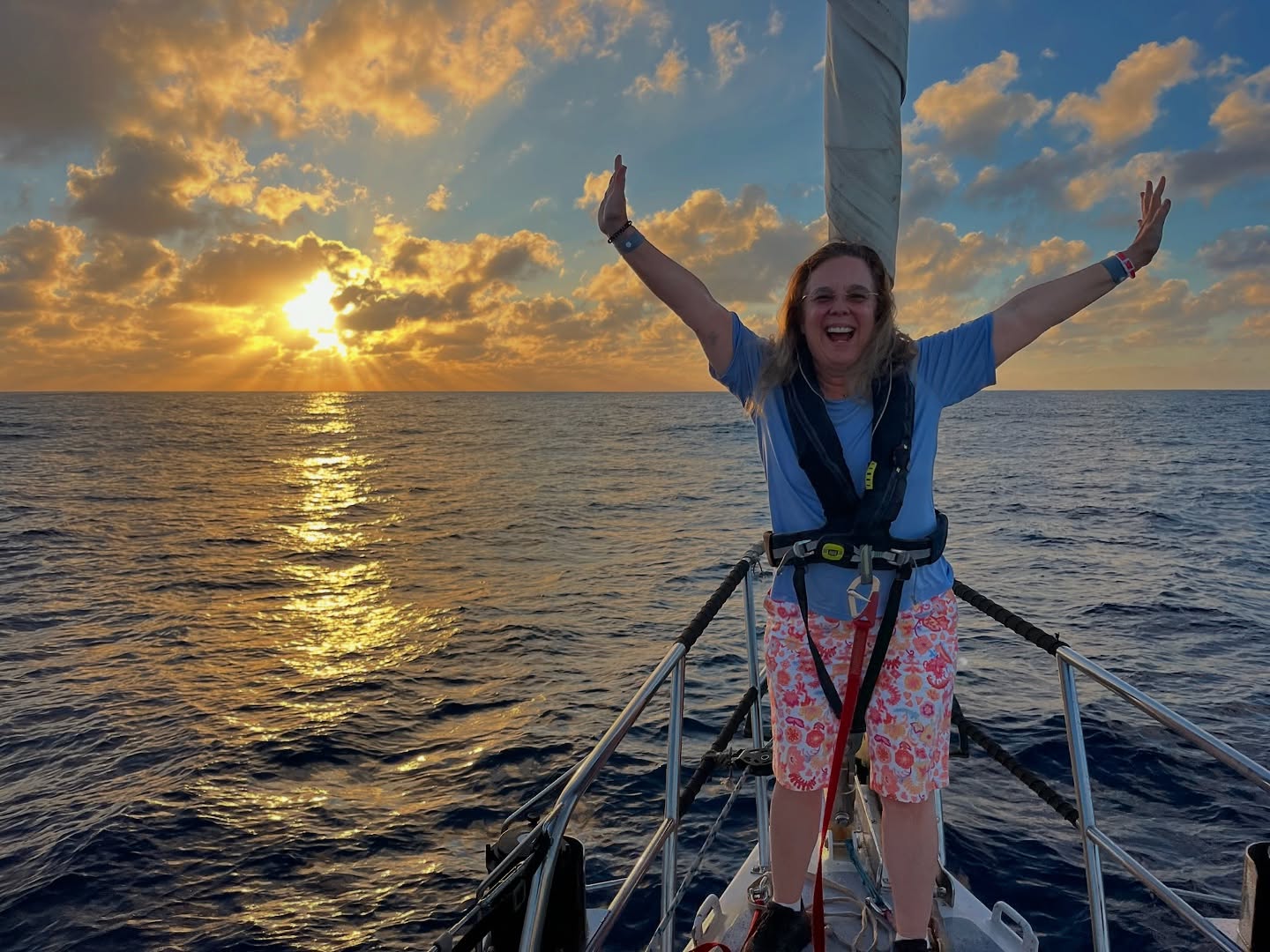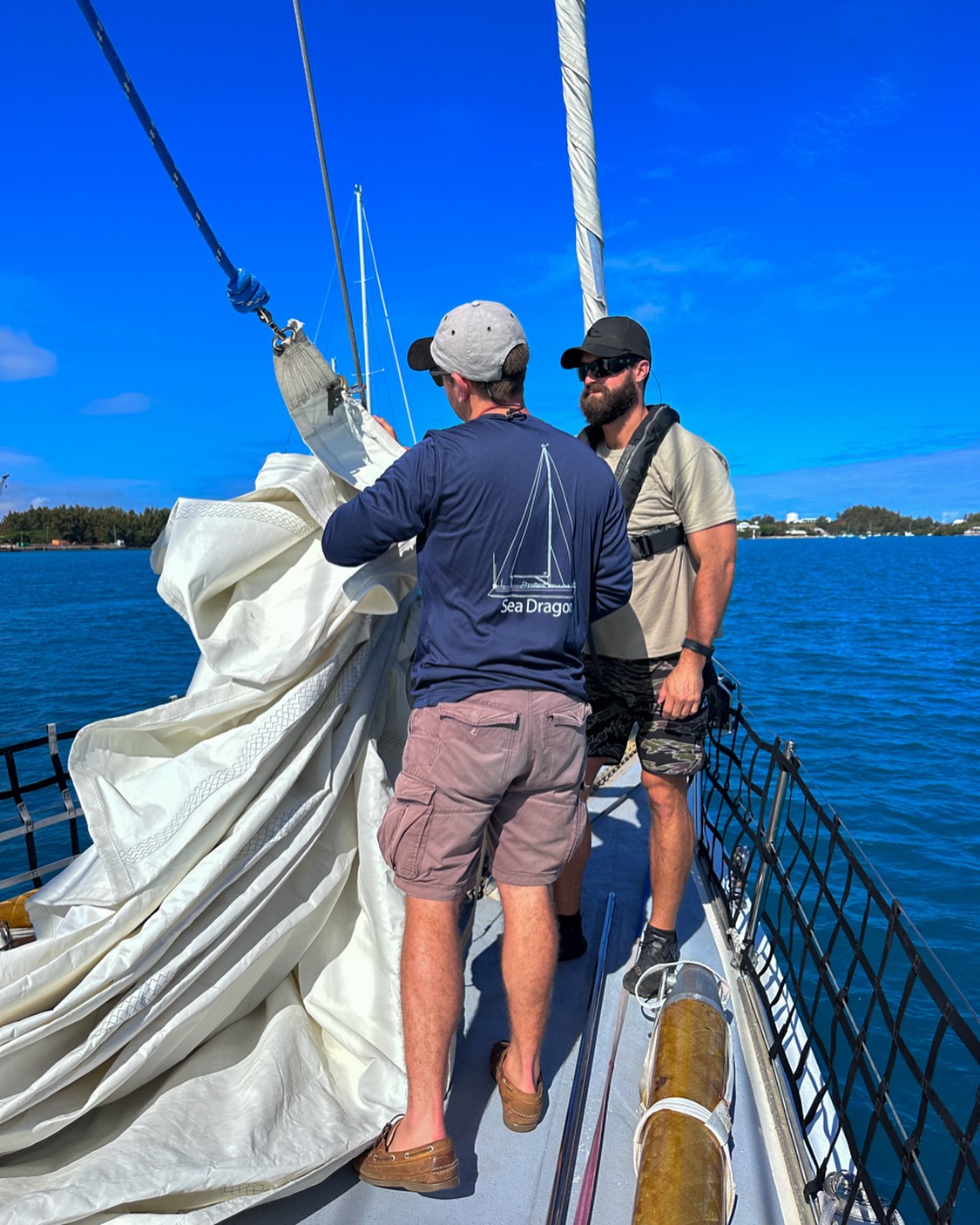[In 1968], when the Sunday Times of London announced that it was sponsoring the first ever non-stop around the world sailing race, it wasn’t just the race, it would be the first time anyone had accomplished such a feat. The challenge and thrill of being at the frontier of ocean sailing brought together some of the great sailors of the era, and also some who were more armchair-sailors, dreamers or adventurers…
Read Morelegacy
Day Four. An Expedition rarely goes entirely to plan. . .
As our on-board brainiac Dr Haywood wisely reminded us yesterday during a fascinating lecture on expedition planning, an expedition, no matter how much you plot and prepare, rarely goes entirely to plan…. On Monday night we spent a whole evening hunched over charts and pooling our collective knowledge of the ‘Lesser Caymans’. […]
Read MoreBreakfast Burritos and Grand Cayman
The intrepid crew of Sea Dragon began Monday with a hearty breakfast of burritos that would fell lesser men and women. Following a rousing round of sea shanties (plugging in the Abba and country music-filled Ipod), the crew joined together to learn about the fabulous fauna, flora, and fun facts of the […]
Read More2014 Sailing Expedition schedule announced!
Ports of call include the Cayman Islands, Key West, Bermuda, Iceland, Sweden, the UK, Azores, and Canary Islands. The sailing expeditions will provide training for participants, as well as opportunities for outreach activities and conducting marine research as citizen scientists. Expeditions such as “Exploring Mindset” will focus on providing sailors […]
Read MoreSee Sea Dragon in sailing magazine, Cruising World
Cruising World February 2014 Not only is Sea Dragon pictured in the feature image for the Strictly Sail Miami’s International Boat Show promotion, Cruising World has also published an article on our One Water Story Expedition to the Great Lakes this past summer. Check it out, and see if you can […]
Read MoreArchibald the Beaver dives with the Cohen Lab | Woods Hole Oceanographic Institute
In addition to our science team and crew, there is a special inhabitant of Sea Dragon. His name is Sir Archibald Munchingham, a cunning and amusing little fellow who came aboard as stowaway near Niagara Falls during Sea Dragon’s last transit in Canadian waters. Known as nature’s engineer, Archibald’s company […]
Read MoreMission Accomplished | Woods Hole Oceanographic Institute
1,002 nautical miles. That’s how far we traveled without using a drop of fuel. A steady trade-wind breeze, a solid vessel, and a little sailing know-how powered those 1,002 nautical miles. Here’s some more numbers. 29 meters of coral skeleton drilled. The species we sampled grow roughly 3 millimeters per […]
Read MoreCollaborators | Woods Hole Oceanographic Institute
Three islands down, one to go, and Sea Dragon is well stocked with coral samples. All signs are pointing to a successful expedition. But most of the success should be attributed to the friends who helped us along the way. Each time we arrive at an island to sample corals, there are […]
Read MoreHow to stop an invasion? Eat it. | Woods Hole Oceanographic Institute
In 2005, they were a rare sight, a novelty, something to get excited about. In 2010, they became an invasion. Today, there’s no end in sight. The lionfish is an invasive species originally from the Indo-Pacific that is making its mark on the Caribbean. They are beautifully striped and adorned with a […]
Read MoreRiding the Dragon | Woods Hole Oceanographic Institute
The Caribbean wasn’t supposed to be like this. This sea is known for being calm and pleasant, but that’s not how I feel during my first watch on our transit from St. John to Martinique. Sea Dragon crawls up what seem to be mountains of water and crashes down on the […]
Read MoreA Day in the Life | Woods Hole Oceanographic Institute
While a question like “What do you do?” would be easily answered by most, as a scientist it’s often difficult to put into words all the things that one might “do” during a regular day, let alone a day in the field. So we’ll take you on tour of our […]
Read MoreReady to Drill | Woods Hole Oceanographic Institute
Leaving behind the drizzle of a dank December morning in Woods Hole, tropical heat and humidity blasted our faces as we stepped off the plane in St. Thomas, US Virgin Islands. Team assembled, gear loaded on deck, fresh food stowed away; we are ready to get to work. Tomorrow begins the […]
Read More

















